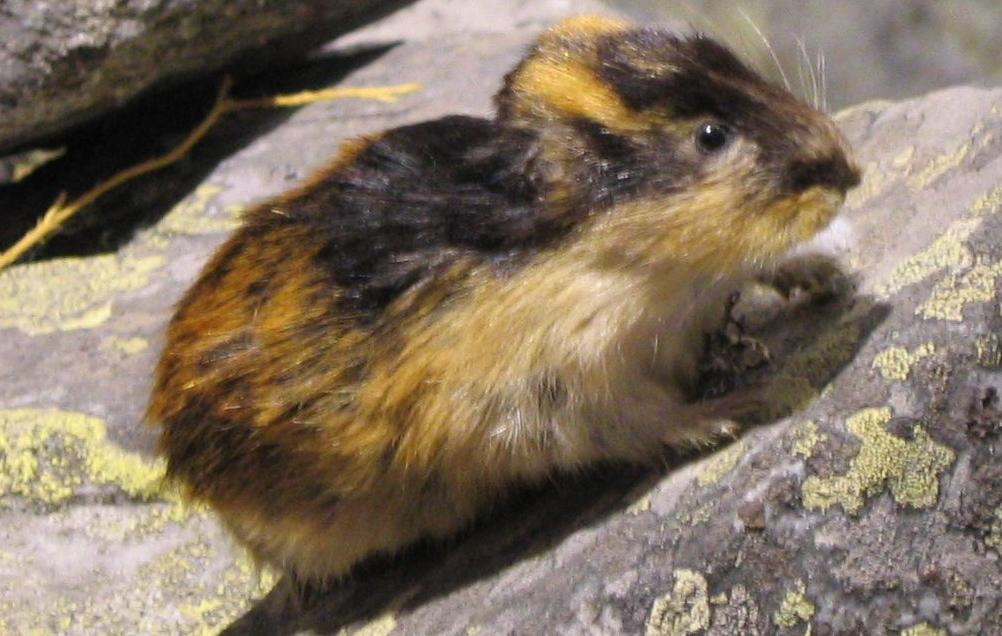10 Animal Myths You Always Believed And What's Actually True
Wildlife has always fascinated humans, leading to a plethora of myths and tales that have been passed down through generations. These stories, often rooted in ancient folklore and cultural narratives, have shaped our understanding of the animal kingdom. However, as science advances, many of these tales are being debunked, revealing a reality that is often more fascinating than fiction. This article delves into twelve widely held beliefs about wildlife that are more myth than truth. By exploring each tale, we aim to separate fact from fiction, providing a clearer understanding of the natural world and its inhabitants.
1. The Myth of the Lemming Suicide

Perhaps one of the most enduring wildlife myths is that of the lemming suicide. Popularized by documentaries and cartoons, the story goes that lemmings, small rodents found in the Arctic, engage in mass suicides by jumping off cliffs. This myth likely originated from their population dynamics, where lemming numbers fluctuate dramatically, leading to mass migrations. During these migrations, some lemmings may accidentally fall off cliffs or drown, but this is far from intentional suicide. Scientific studies have shown that these behaviors are survival-driven, not self-destructive, and are part of the natural ebb and flow of their populations.